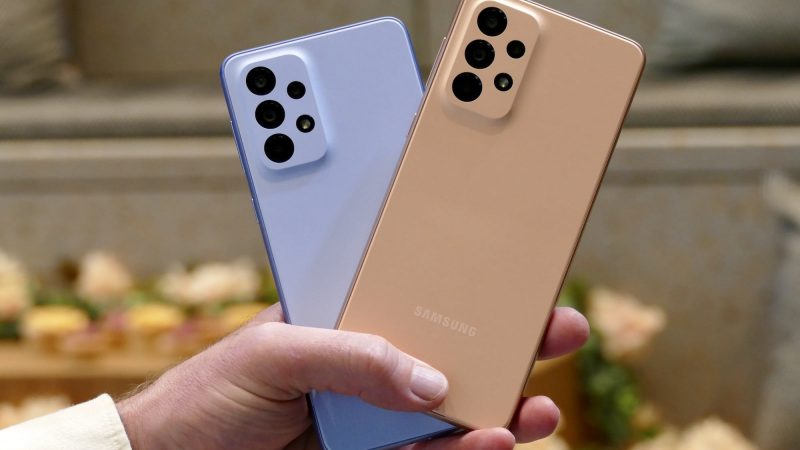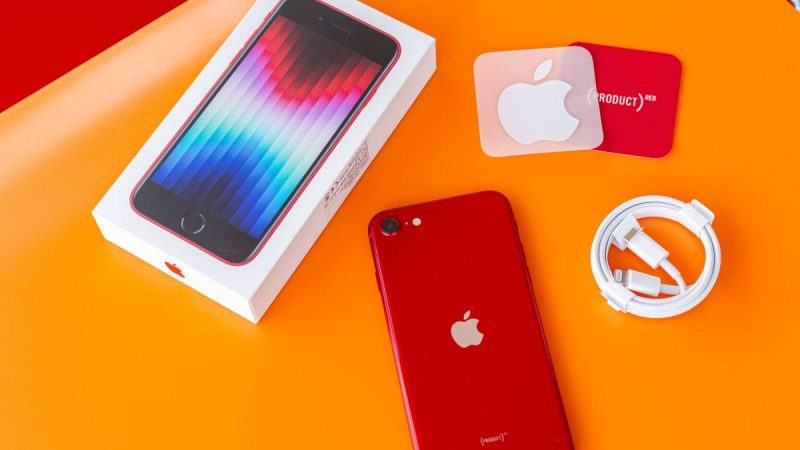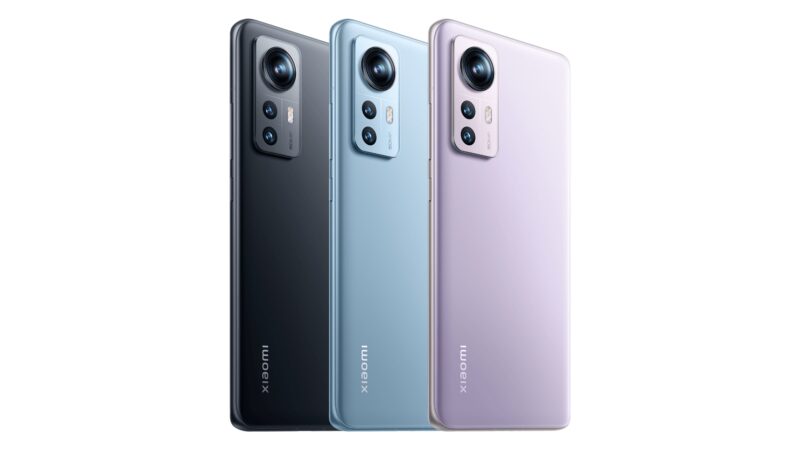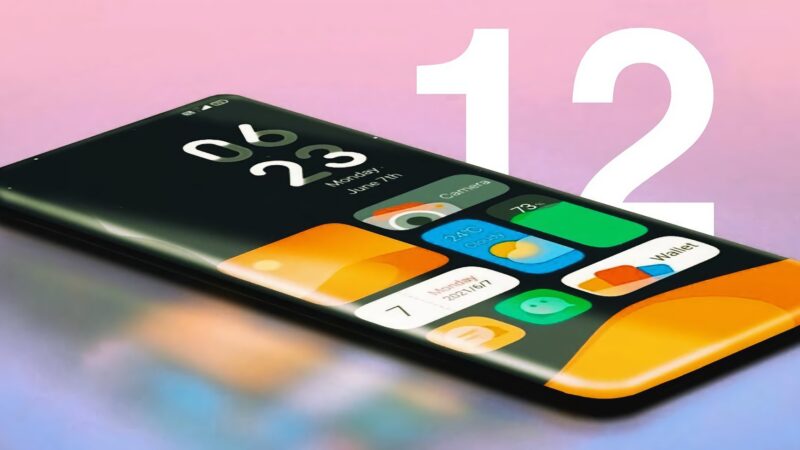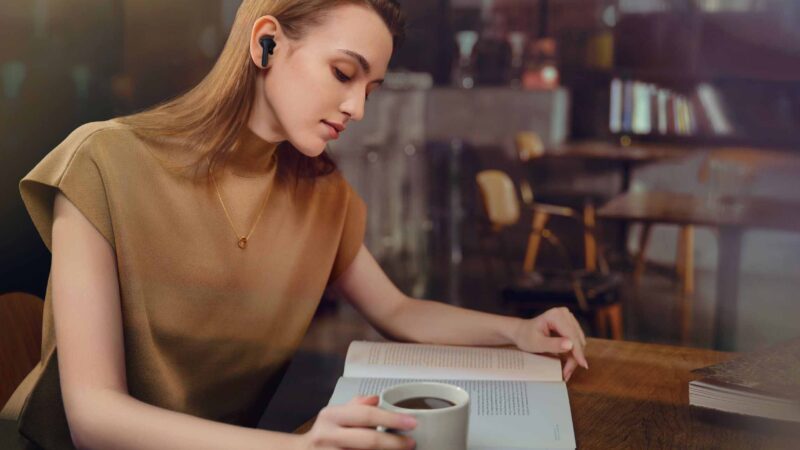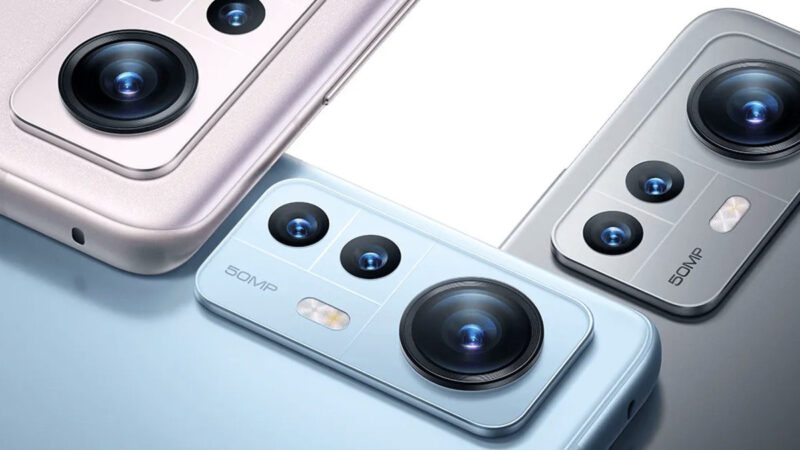Realme 9i Detailed Review & Unboxing
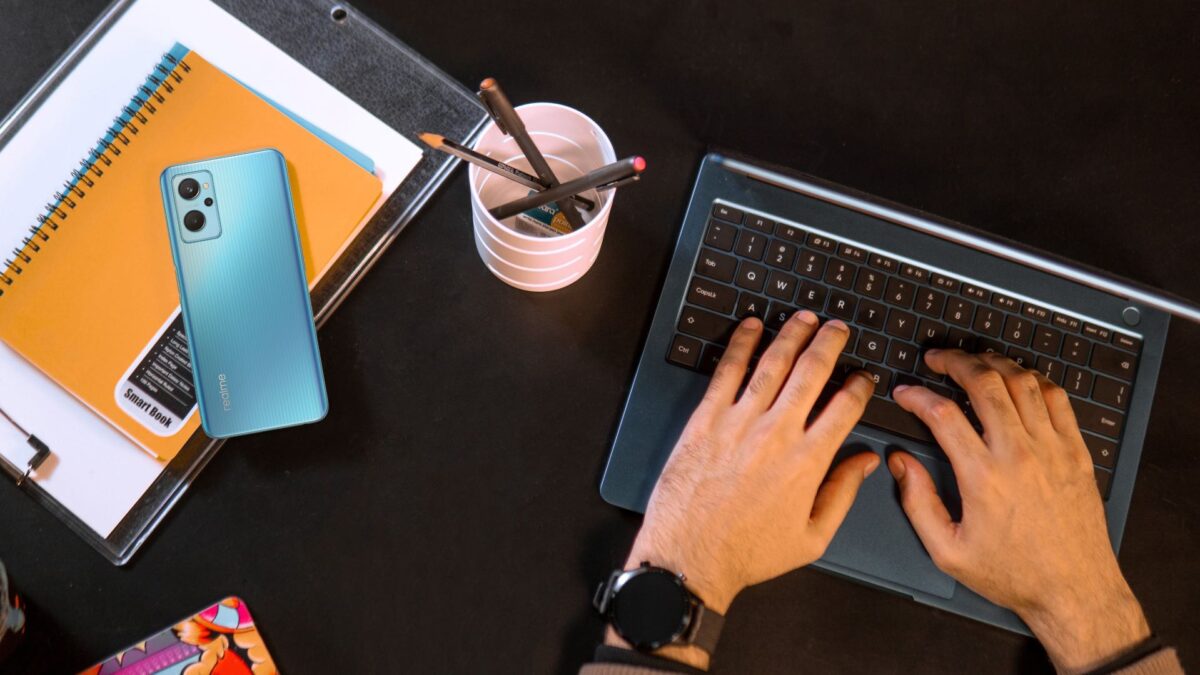
Introduction:
The Realme 9i (Review) is the entry-level model in the company’s new 9 series. Although it is the less powerful of the 9 Pro and Pro+, it shares DNA with both devices and as the GT2 Pro. A cursory glance at the 9i’s rear panel reveals its Stereo Prism Design, as Realme puts it.
The Realme 9i isn’t a straight-up replacement for its predecessor. On the one hand, it features a more intelligent design, a superior chipset, and faster charging. However, its display is slower, the battery is the same size, and the cameras remain the same.
Realme 9i Ergonomics and Design:
The design of the Realme 9i is everything. The 9i, which comes in Prism Blue or Black, has a rear panel that goes through hours of sculpting to get its light-catching look. The back panel undergoes a 5-axis CNC precision machining process, dubbed an 8-layer optical coating. The goal of the coating is to create a layered, transparent appearance 3000 prism-like line combinations make up the texture created by the procedure.
When the device is illuminated precisely correct, the back surface displays vertical lines from top to bottom. Our Prism Blue variant is very eye-catching.
While the Realme 8i was a lovely phone to hold and look at, especially in the Purple colourway we tested, its shiny back panel was less so. While the Realme 9i isn’t impervious to finger smudges, it does a far better job of looking cleaner. It’s also a lot easier to clean than a shiny finish would have been.

The camera module is hidden beneath a shiny plate, which will easily attract oils. Because of the island’s position, the Realme 9i wobbles when used on a flat surface (if you’re one of those weirdos).
The Realme 9i is slightly smaller than its predecessor; however, there isn’t much difference when comparing the two – it’s 4 grams lighter and 0.1 millimetres thinner. The Realme 9i is a delicate and soft device in its own right, and we found it to be easy to carry and operate. The rounded edges are less likely to dig into your hand than flat sides. The presentation is excellent. Even in direct sunlight, it gets relatively bright and remains legible. The colours are vibrant, and the contrast is remarkable. The IPS matrix provides good viewing angles.
A word about handling refresh rates: realme claims that the screen can dynamically refresh at 30Hz-48Hz-50Hz-60Hz and 90Hz, depending on the situation. When set to Auto, the home screen runs at 60 frames per second and increases to 90 frames per second once you start scrolling. The phone’s screen slows down to 30 frames per second when watching a video, but otherwise, it stays at 60 frames per second. When the refresh rate is set to 60Hz, the video playback in YouTube goes below 60 frames per second. We couldn’t tell the difference between the Auto and 90Hz modes.
The Realme 9i has the same controls as the Realme 8i, with a USB-C port on the bottom, a 3.5mm headphone connector, and, in this case, one of two speakers. The 9i, unlike the 8i, features a second speaker built into the earpiece. There’s a volume button on the left, a tray for two SIM cards, and a microSD card slot. On the opposite side, there is a fingerprint scanner. We found it to be swift and straightforward to use.
The selfie camera is housed in a single cutout on display.
Realme 9i Hardware:
A 6.6-inch 1080x2412px IPS LCD with a 90Hz refresh rate and a maximum brightness of 480 nits is featured on the Realme 9i. Dragontail Pro Glass protects the display, which features a 20:9 aspect ratio.
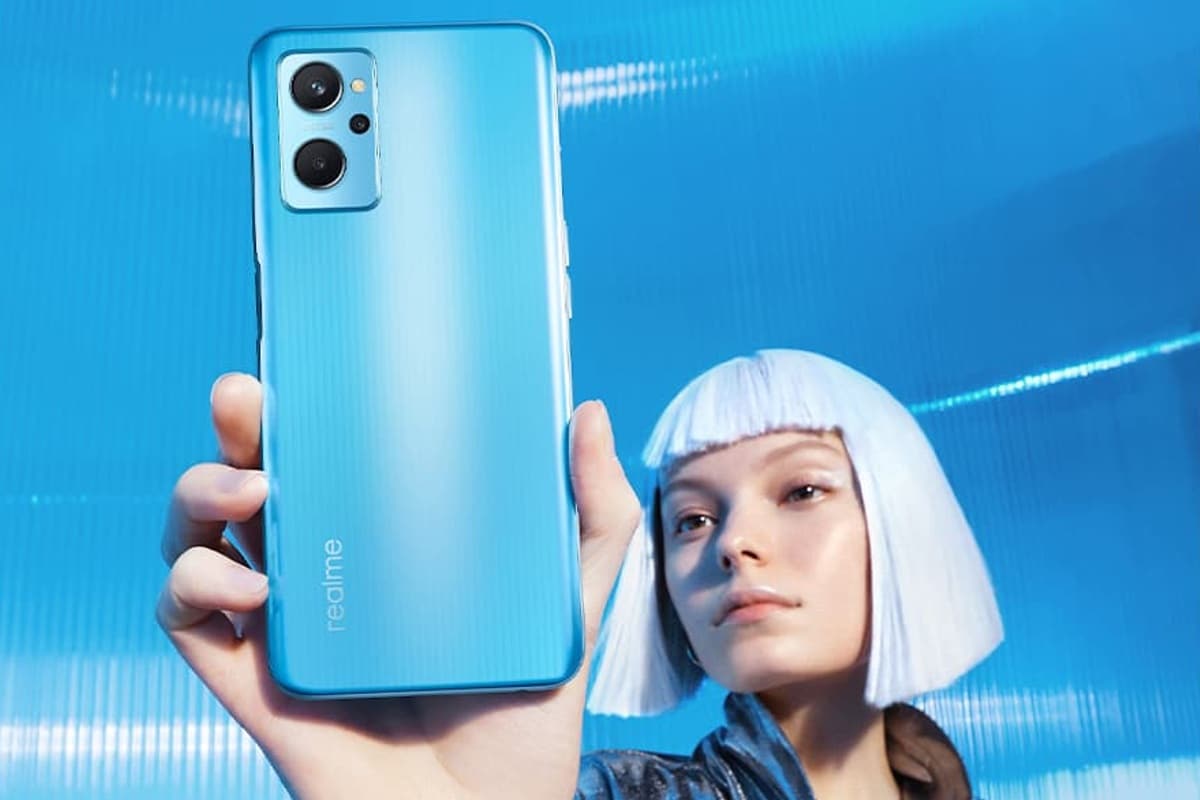
The 5,000mAh battery from the 8i has been retained. Still, Realme has incorporated faster 33W charging the Realme 9i can charge from 0% to 100% in 70 minutes when using the 36 per cent quicker 33W Dart Charge. . The manufacturer guarantees up to 116 hours of music playback, 995 hours of standby, 48 hours of talking, 20 hours of WhatsApp, and 995 hours of standby.
A 50MP f/1.8 primary camera with a 1/2.76″ sensor is the star of the camera system “sensor with pre-binned pixels of 0.64m. The ultimate resolution is 12.5MP, thanks to a 4-to-1 binning process. A pair of 2MP sensors, one for macro and the other for depth, are included. On the other hand, there’s a 16MP f/2.1 selfie with a 26mm lens on the other side.
Realme 9i Performance:
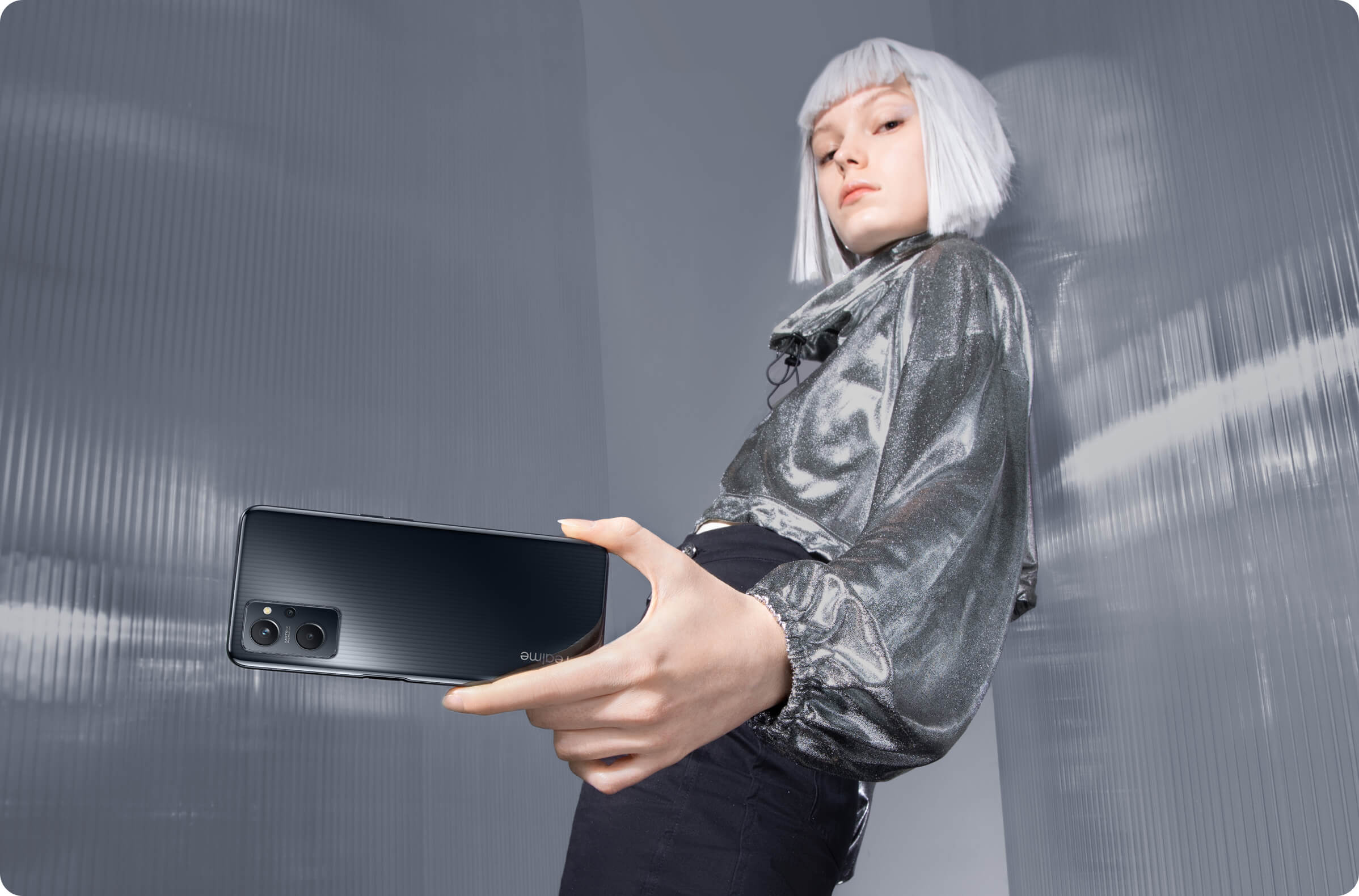
Let’s look at the performance of the Snapdragon 680 chipset, which is made in a 6nm process. It has an octa-core processor with four 2.4GHz Cortex-A73 cores and four 2.4GHz Cortex-A53 cores. The graphics are handled by an Adreno 610 GPU, and the RAM is either 4GB or 6GB, which can be increased using Realme’s virtual DRE solution by taking memory from the storage – either 2GB or 3GB for the 4GB model, or up to 5GB for the 6GB model, bringing the total RAM to 11GB.
The Snapdragon chip, according to Realme, is up to 20% quicker in terms of CPU performance and 17% faster in terms of GPU performance than its predecessor. The results of our tests did not support such assertions; in fact, the 8i produced better synthetic statistics.
None of the games in our standard set hit 90 frames per second.
Realme 9i Software:
Realme UI 2.0 is used on the Realme 9i, which runs on Android 11. Realme’s launcher has been updated to provide customization options, additional Dark Mode themes, optimized floating and micro windows, and improved security.
The phone supports fingerprint unlocking, and the side-mounted sensor performs admirably – it’s quick and precise. You may also use face unlock to unlock your phone even faster; however, it is less safe. The launcher features uncomplicated home screens, a simplified and much cleaner notification/toggles area, and a simple task switcher. There’s also an App drawer, which is as clutter-free as possible. If you choose, you can disable the app drawer.
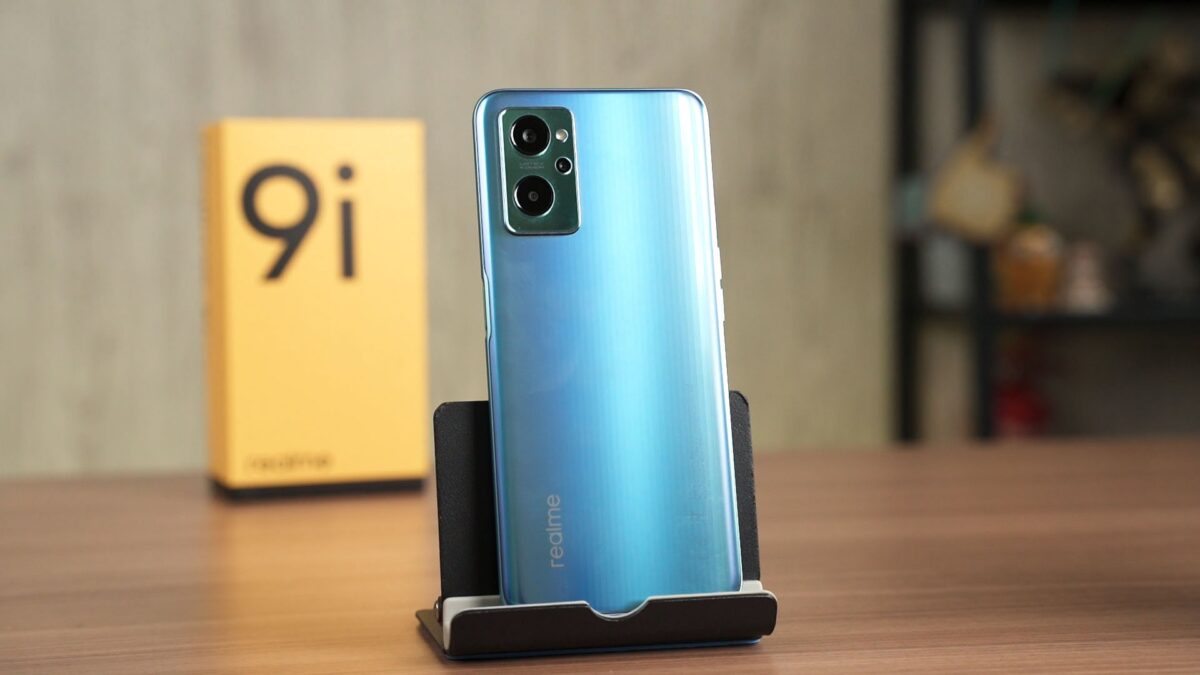
Realme UI offers a variety of icon packs, so if you don’t like the default, you can switch to material style, pebbles, or even edit them to your liking. You can also alter the system colours, notification drawer icons, and even the system font using Realme UI 2.0.
There’s also a Theme Store where you may add even more variety to your experience.
Dark Mode is also available, and Realme UI 2.0 has improved it by adding support for three alternative dark styles: black, dark grey, and light grey. It can be done manually or automatically. You can even make it mandatory for third-party programs; however, this isn’t always a good idea.
The Realme UI has a Smart Sidebar on the edge of the screen, similar to the recent Galaxies, where you can personalize the activities and app shortcuts.
Realme provides multimedia programs such as Photos, Music, and Videos. A new File Manager and even a Phone Manager software are included. The list of non-Google apps is now complete.
Realme hasn’t stated when the Android 12 upgrade for the 9i will be available.
Realme 9i Camera:
The Realme 9i, like its predecessor, includes three rear cameras: a primary 50MP camera with a wide-angle lens, a 2MP macro camera, and a 2MP monochrome depth sensor. The round hole in the screen also houses a 16MP selfie camera.

The primary camera on the Realme 9i is a 50MP Samsung ISOCELL S5KJN1 1/2.76″ sensor “sensor with 0.64m pixels and Tetracell filter (same as on Redmi 10). PDAF is supported by the sensor, which is paired with an f/1.8 lens. This camera has a Night Mode feature.
The macro camera has a 2MP GalaxyCore GC02M1 sensor with 1.75m pixels and an aperture of f/2.4, but it does not have autofocus.
Finally, there’s a 2MP monochrome Omni Vision OV02B1 depth sensor.
The camera app is the same as on previous Oppo/Realme phones, with a few improvements for the current version. There are fewer menus, and most modes are now located in the main Rolodex, which is positive. However, the Macro camera is still displayed as Ultra Macro mode in the More section.
The app has AI Scene Enhancement (also known as Chroma Boost or Dazzle Color), which is similar to an advanced HDR mode in that it stacks many photographs to boost the dynamic range even further. The most noticeable “improvement” is still the increased colour saturation.
You may adjust exposure (ISO 100-6400 and shutter speed 1/8000s-32s), white balance (by light temperature, but no presets), manual focus (in arbitrary 0 to 1 units with 0 being near guide and 1 being infinity), and exposure compensation (-2EV to +2EV in 1/6EV increments) in Expert mode.
Here are several camera examples in standard HDR Auto mode, AI Scene Enhancement mode, ExtraHD 108MP and 50MP modes, and the ExtraHD 108MP and 50MP modes. We’ll hold final judgment until the review, but given that the Realme 9i has the same camera arrangement as the 8i, we’ll give it a thumbs up.
Our Opinion About Realme 9i:
That’s all there is to it. We had a brief hands-on with the Realme 9i, and it seemed pretty similar to the Realme 8i, albeit with a slower screen, a slower chipset, and a more excellent build and felt in hand.
What’s more essential is that if you’re looking for a phone at this pricing point, you have a few options, including several from Realme. The 8i is still on sale, and it’s the same price as the 9i, so many people may choose that phone over the 9i simply because it has a higher refresh rate (120Hz vs 90Hz).
Of course, it isn’t all horrible. The Prism pattern is pleasing to the eye and pleasant to the touch. The Realme 9i may quickly become a fantastic offer with a discount.
